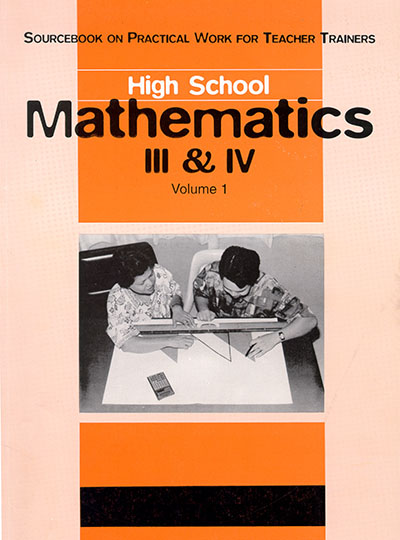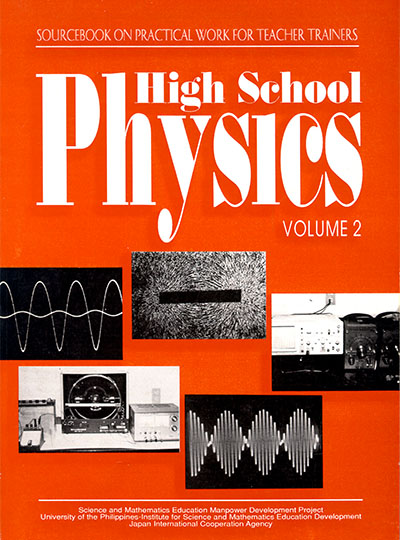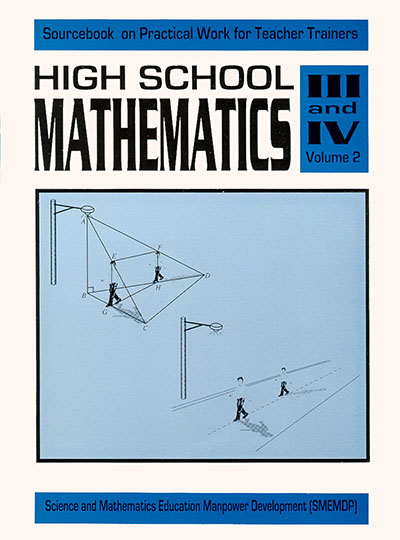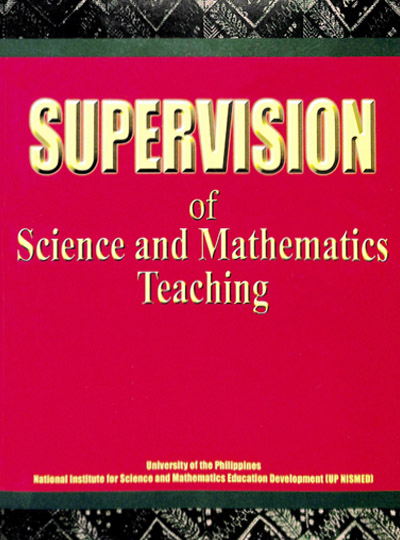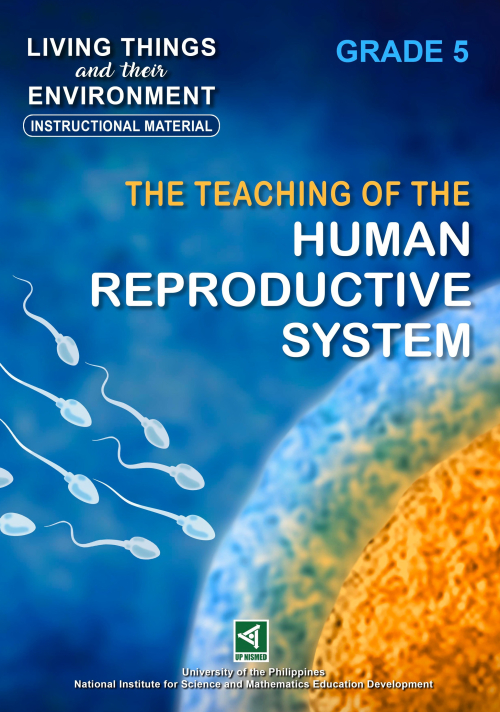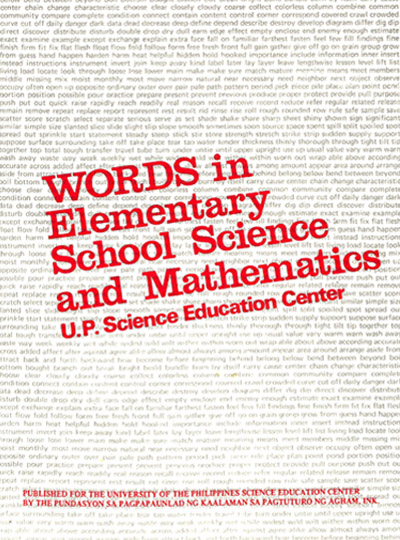High School Mathematics Education Group ISBN 971-570-057-8 Published by NISMED December 1999
No of Pages: 239
____________
This Sourcebook highlights the dynamic nature of teaching and learning mathematics. This dynamism is one feature of constructivism. In constructivism, learners use what they already know to make sense of the world as they interact with the physical, social, and cultural environments. Constructivism advocates that teachers should be facilitators of learners' active constructions.
Many opportunities for learners to do mathematics are provided in the Sourcebook. They must be able to think for themselves, to reason and explain, to discover connections, and to reflect and consolidate their learning. In the end, they should develop confidence in their ability to do and create mathematics, recognize and apply mathematics in their everyday activities and appreciate the importance of mathematics. These can be enhanced in an environment that is friendly, and where ideas are welcomed and respected.

